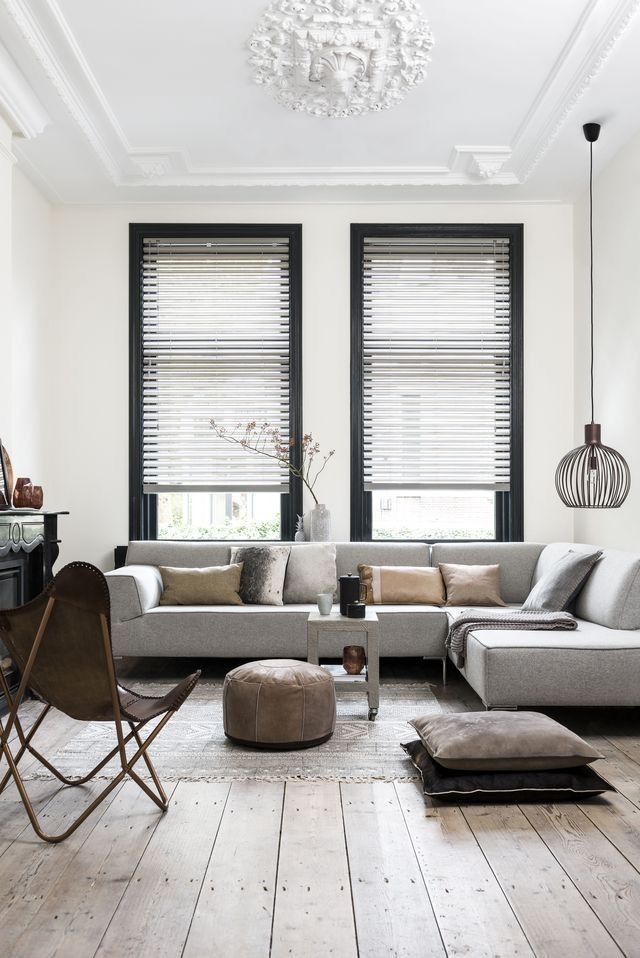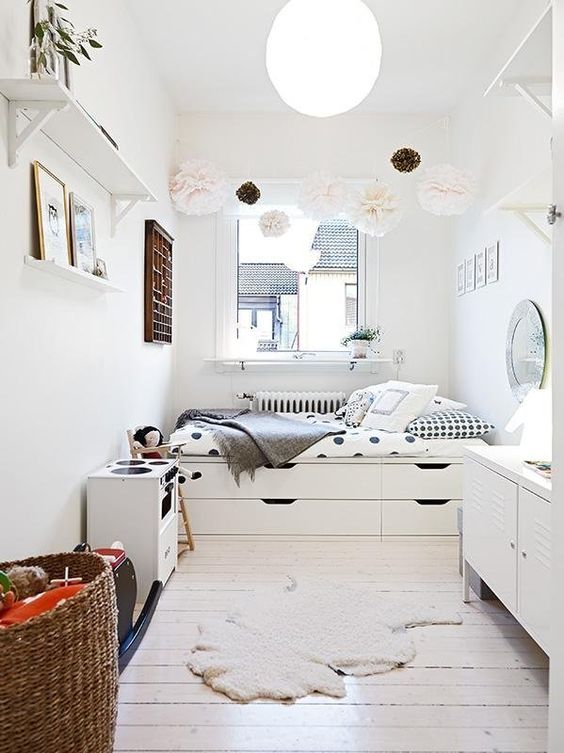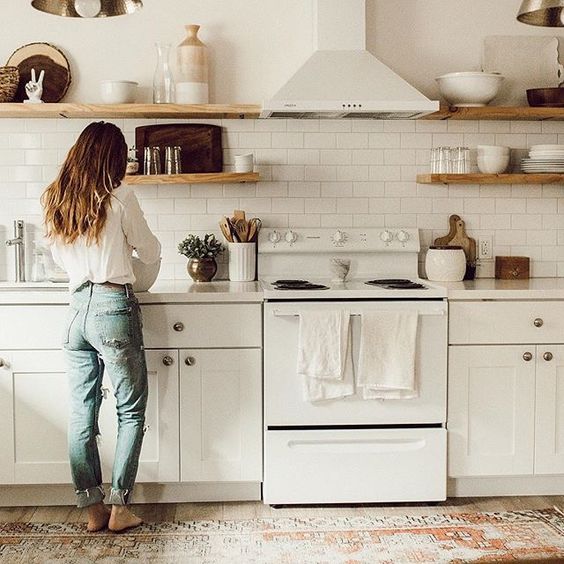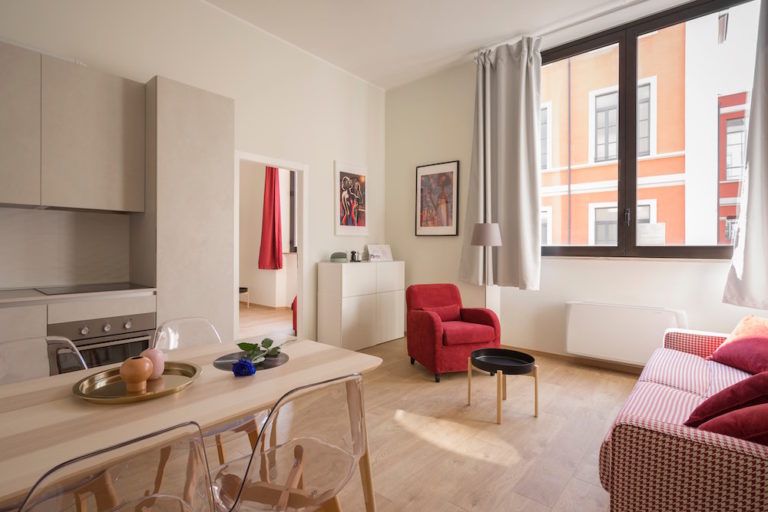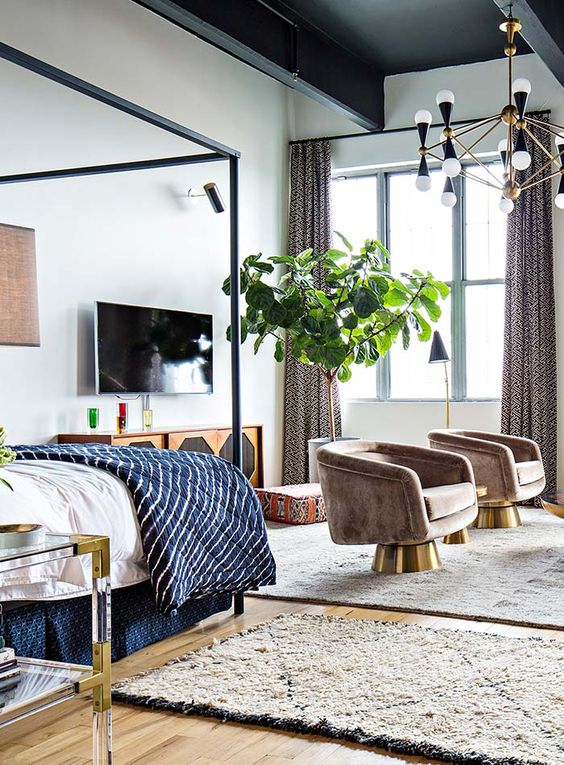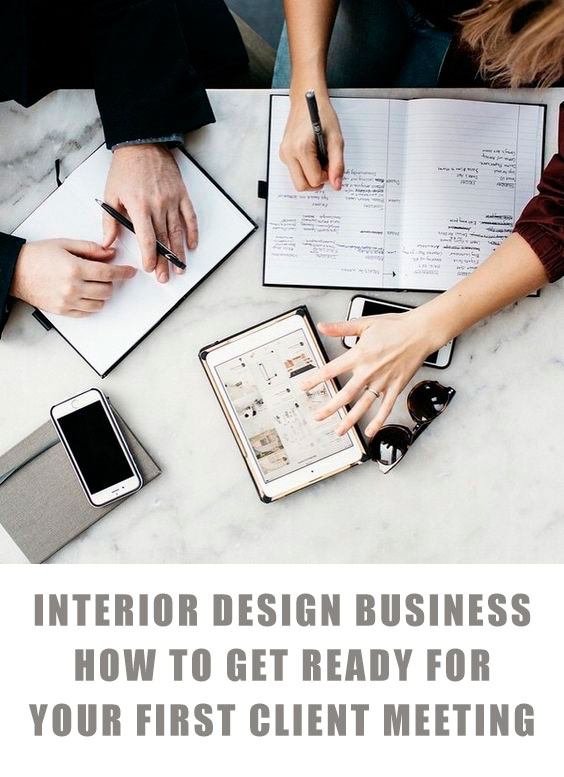Four Ways To Future-Proof Your Home With Interior Design
We all like to make our house a home, but what you do to your property to add your personal touch can make all the difference to its value. Do you want to design it for what you love now and worry about whether that will work later? Or, do you want to create a space that’s both stylish and functional this year, and for the next 20 years to come? Within this article, we offer four tips to consider.
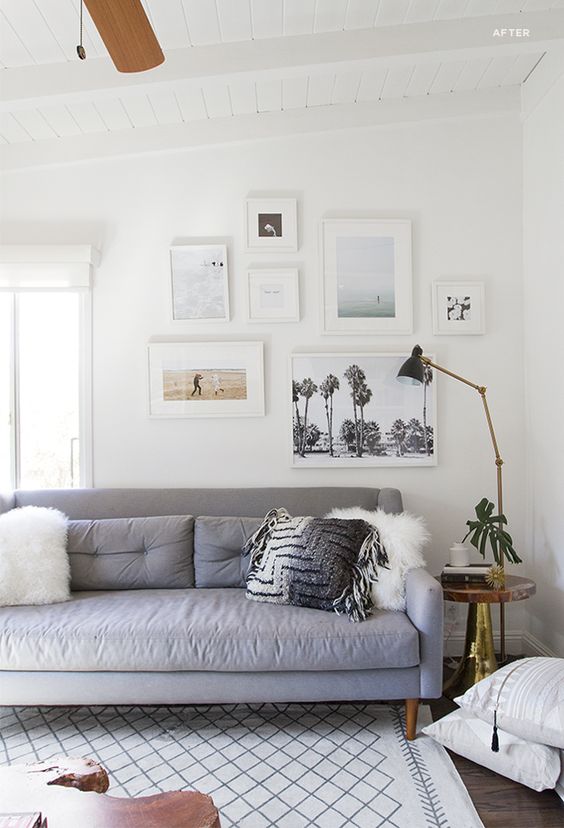
1. Choose your colors carefully
Put the paintbrush down and step away from that wall! Before you add a “touch” of color to any part of your home, consider the consequences later on. Is it wise to paint your young daughter’s bedroom bright purple? Do you really want to decorate your living room magenta because you like the color?
While it’s important to love your home and enjoy everything in it, it is cost-effective and smart to think about whether your chosen color schemes will work in the future. Decorating your home with color is a risky business. Either get in touch with an expert for a color consultation or brighten up your space with wall art instead. Your resale value will thank you later.
2. Make spaces multi-functional
Remember when we used to have phone nooks – specific areas for our fax machines, phones, and directories? Then, a home phone became less and less common in family homes, and before long, that phone nook became obsolete. All you were left with was a specific area for your telephone devices that suited nothing else. Anything at any moment can become obsolete, so it’s essential never to dedicate any part of your home to one specific thing.
For example, if you have a playroom for your children, don’t throw caution to the wind and paint rainbows on the wall. Instead, remember that your children are going to grow up, and you’ll be left with a room with a rainbow on the wall. Instead, why not use wall decals opposed to permanently painted pictures, and make it multi-functional by including a foldout couch, so it’s an additional guest bedroom as well?
3. Make affordable changes
If you’re an avid trendsetter or follower, you will no doubt enjoy looking at ways you can incorporate those trends into your home. However, it’s crucial that you don’t get caught up in what’s hot rather than what’s functional or affordable. It might seem like a good idea to add that shabby chic kitchen counter to your kitchen, but will that be affordable or practical to replace when trends change? Or, will new purchasers of your home, if you decide to sell, have the same opinion of it?
Renovating your kitchen or bathroom is an expensive task, so you need to be sure the changes you are making are sensible. An expert interior designer can advise you on how you can future-proof these areas without it costing you a fortune.
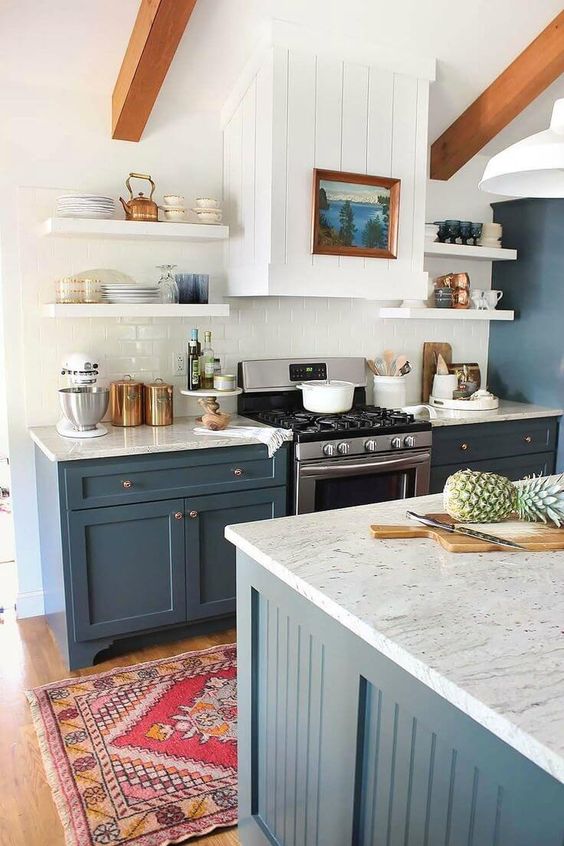
4. Think about ‘old you’
If your home is where you would like to age gracefully, then consider how user-friendly it is going to be when you’re less mobile. Think about everything from how safe your bathroom is with those slippery tiles, to how much maintenance your garden requires. While you may be fit and nimble now, the older version of you may not be. If you’re in the midst of renovations, think of that far-ahead future. Opt for tiles in your bathroom that are a little grittier than standard and think about whether there will be room for rails in stairways and bathrooms. It might seem like a long way off, but how often do you plan on renovating?
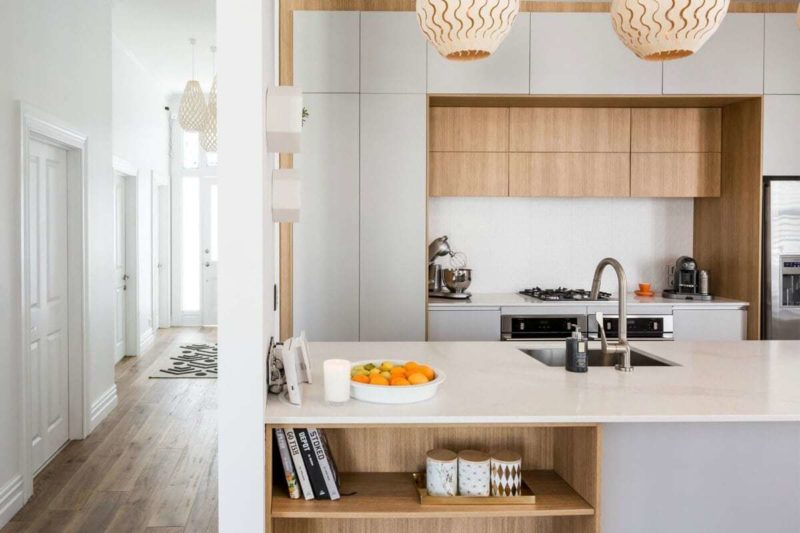
Pick up a home interior design magazine from today, then compare it to one from 20 years ago. Trends change at the drop of the hat, so always be cautious when making drastic changes to your home. Make a plan, consult an expert, and future-proof your home.

